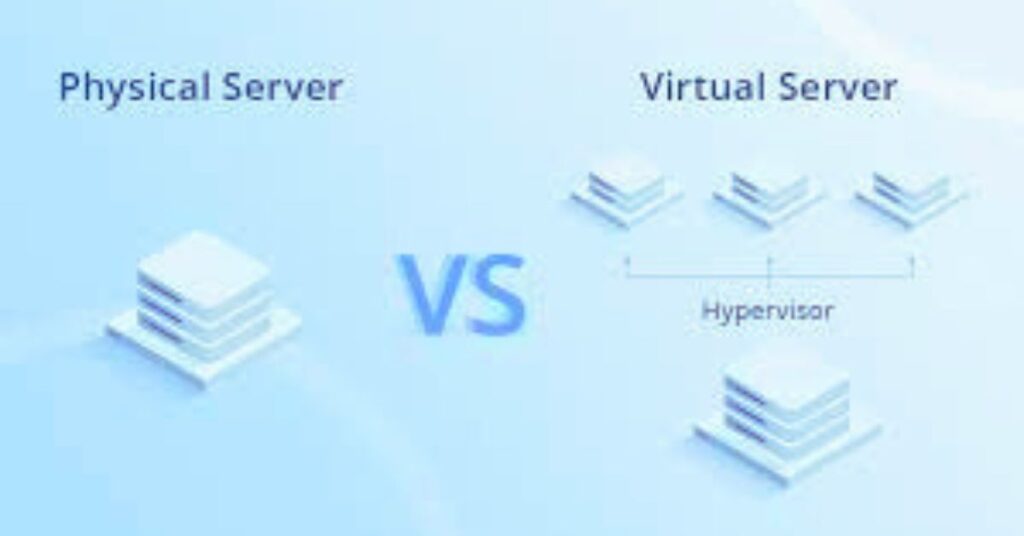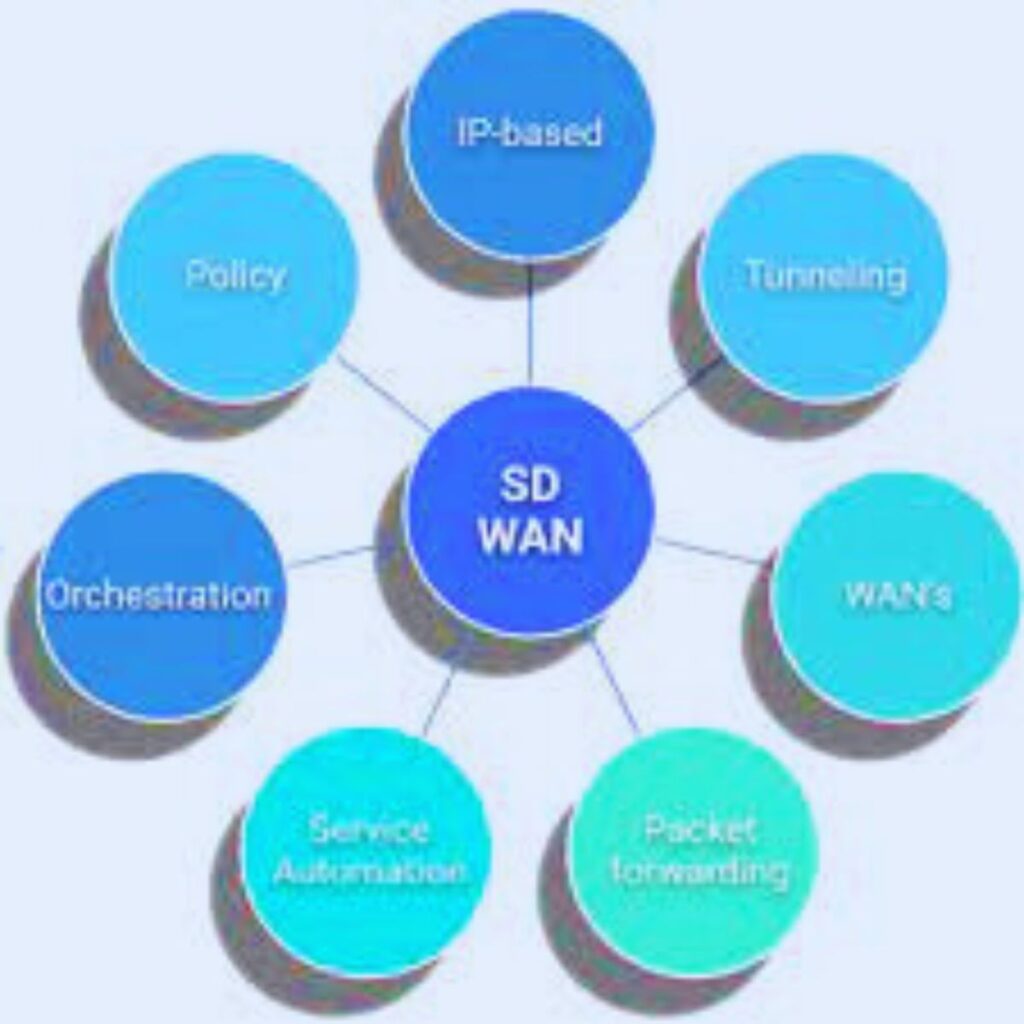Table of Contents
What is a WAN Optimizer and Why Do You Need It?
A WAN optimizer is a hardware device or virtual appliance that is deployed to improve performance across wide-area networks (WANs). WAN optimizers use a variety of techniques to accelerate applications, reduce bandwidth costs, and boost productivity for remote offices and mobile users.
Improves Application Performance
WAN optimizers dramatically improve application performance across WAN connections through data compression, network acceleration, protocol optimization, and caching. This allows critical business applications to perform nearly as well across the WAN as they do on the LAN.

Reduces Bandwidth Costs
By compressing data and eliminating redundant transmissions, WAN optimization reduces bandwidth utilization on expensive WAN links by 50-95%. This allows organizations to support more bandwidth-intensive applications without increasing bandwidth capacity.
Boosts Productivity
With WAN optimization, applications perform faster and more reliably across the WAN. This boosts productivity by enabling remote and mobile workers to access applications and data as easily as office-based employees.
How WAN Optimization Works
WAN optimizers improve performance through four key optimization techniques:
Data Compression
Powerful lossless compression algorithms optimize both packet headers and payloads to reduce bandwidth utilization. Dynamic dictionaries and caching further improve compression rates.
Network Acceleration
Network acceleration techniques like TCP flow control optimization and protocol spoofing minimize latency and packet loss for chatty protocols like CIFS/SMB.
Protocol Optimization
WAN optimizers perform deep packet inspection to split overly chatty protocols into separate TCP connections. This allows more data to traverse the WAN faster.
Caching
Frequently accessed data like software updates, videos, and PDFs are stored locally in a WAN cache. Subsequent requests are served from the local cache, which eliminates redundant WAN traversals.
Key Features to Look for in WAN Optimization Solutions
Here are some key features to evaluate when selecting a WAN optimization solution:
Compression Algorithms
Evaluate both lossless and lossy compression algorithms. Also, consider a capacity for dynamic dictionaries and pattern recognition for maximum bandwidth reduction.
QoS Traffic Shaping
Quality of service (QoS) policies ensure mission-critical applications get priority handling regardless of other network traffic.
TCP Optimization
Accelerating TCP transmission, minimizing retransmissions, and parallelizing data transfers optimizes throughput.

Secure Transport Protocol
Secure transport protocols like SSL and IPSec encryption should be preserved end-to-end and not terminated on the WAN optimizer.
Application Specific Optimization
The solution should be able to optimize both generic TCP traffic as well as parsing higher-layer application protocols for maximum performance.
Caching Capabilities
Assess storage capacity, cache persistence, cache-sharing capabilities, and integration with file-sharing protocols.
Deployment Considerations for WAN Optimizers
There are several factors to evaluate when planning your WAN optimization deployment:
Physical vs Virtual Appliances
Physical and virtual WAN optimization appliances each have their merits. Carefully weigh throughput requirements, budget, and hypervisor compatibility.

Location in the Network
Locating WAN optimization devices close to the WAN ingress/egress point maximizes efficiency. WAN op can also be integrated into the WAN router itself.
Scaling Out
WAN optimization capacity can be increased by deploying multiple cooperating devices. Evaluate clustering, coordination protocols, and centralized management capabilities.
Leading Vendors in the WAN Optimization Space
Cisco
Cisco WAN optimization is anchored by IWAN architecture and Cisco WAAS, which runs on specialized hardware or as a virtual appliance.
Riverbed
The market-leading vendor for dedicated WAN optimization hardware, Riverbed solutions like Steel Head provide best-in-class optimization.
Silver Peak
Silver Peak focuses on SD-WAN solutions but offers WAN optimization capabilities through Unity EdgeConnect appliances.
Citrix
Citrix SD-WAN appliances integrate WAN optimization along with routing, security, and application QoS shaping in a unified platform.
The Future of WAN Optimization
Here are some emerging trends that will shape the future of this market:
Integration with SD-WAN
SD-WAN and WAN optimization are converging, bringing simplified orchestration, automation, and centralized management.

Cloud-Delivered WAN Op
As networks migrate to the cloud, cloud-hosted virtual WAN optimization promises SaaS-style flexibility and scalability.
Advances in Compression and Caching
Innovations like machine learning-driven data pattern recognition and all-flash caches will push compression/caching limits further.
Conclusion
WAN optimization supercharges application performance over the WAN through powerful compression, acceleration, and caching techniques. Leading solutions offer advanced capabilities like machine learning and all-flash caching to maximize bandwidth reductions.
As networks transition to SD-WAN architectures, next-generation cloud-delivered WAN optimization promises to bring flexibility and scalability to this crucial technology.
FAQs
What are the main benefits of WAN optimization?
The main benefits are accelerated application performance, reduced bandwidth costs, and increased productivity for remote/branch users.
Where are WAN optimization appliances typically located?
They are typically situated at the WAN ingress/egress points, often integrated into the WAN router or SD-WAN appliance.
Does WAN optimization require any changes to applications?
No. WAN optimization is transparent to applications. No modifications are required.
Can WAN optimization work over cellular networks?
Yes. Leading solutions can optimize traffic over cellular and broadband in addition to MPLS, VPNs, and leased lines.
Does WAN optimization improve voice/video calls?
Absolutely. By mitigating packet loss and jitter, call quality is improved for VoIP and videoconferencing.









